Principles of Routing Protocols
The principles of routing protocols are designed to ensure that data is transmitted efficiently and securely across the network. These principles include concepts such as scalability, stability, convergence, and flexibility.
Scalability refers to the ability of a routing protocol to handle a large number of devices and networks. Stability refers to the ability of a routing protocol to maintain consistent and reliable routing information, even in the face of network changes or failures. Convergence refers to the speed at which a routing protocol can adapt to changes in the network and update its routing information. Flexibility refers to the ability of a routing protocol to support different network topologies and technologies.
Effective implementation of these principles is crucial for designing and implementing a robust and efficient routing infrastructure. Understanding the principles of routing protocols is essential for network engineers and administrators to effectively manage and maintain their networks.
about the Notes:-
The book is a quick and comprehensive summary of Principles of Routing Protocols. consisting of 23 pages, in a simple style.

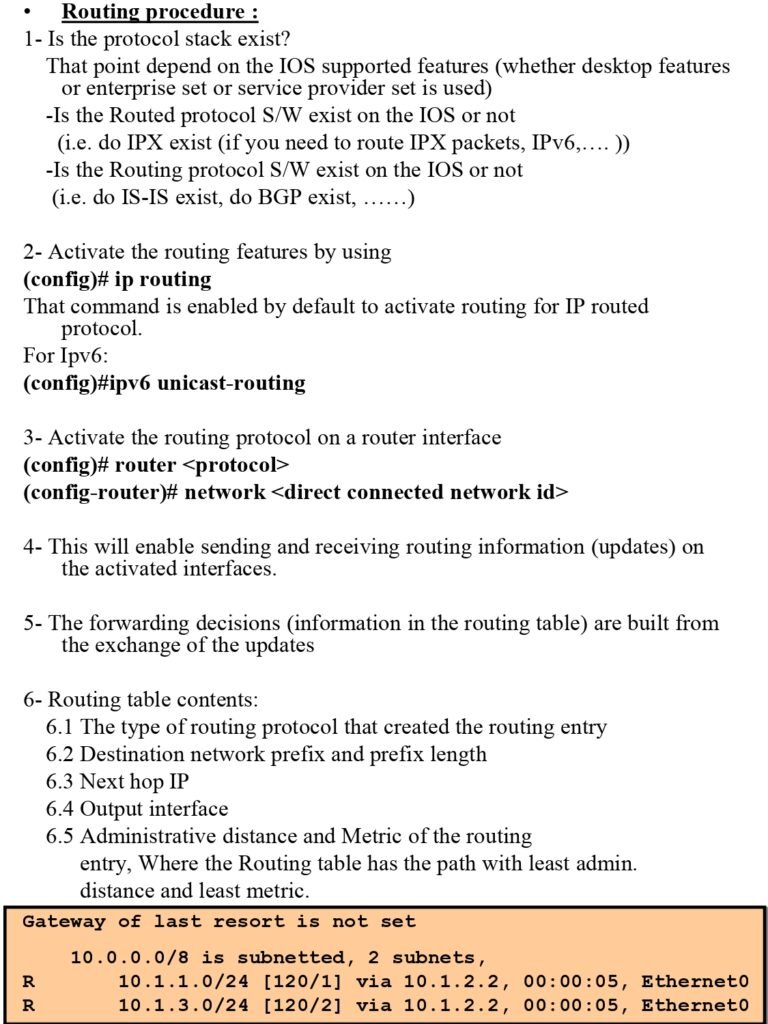

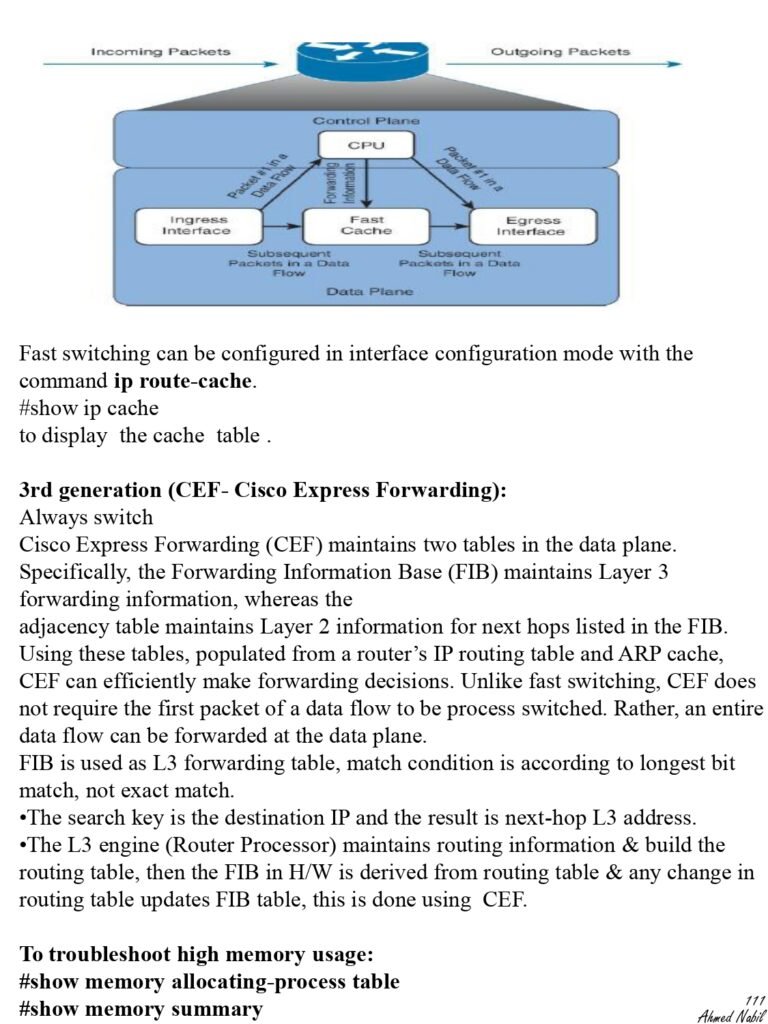
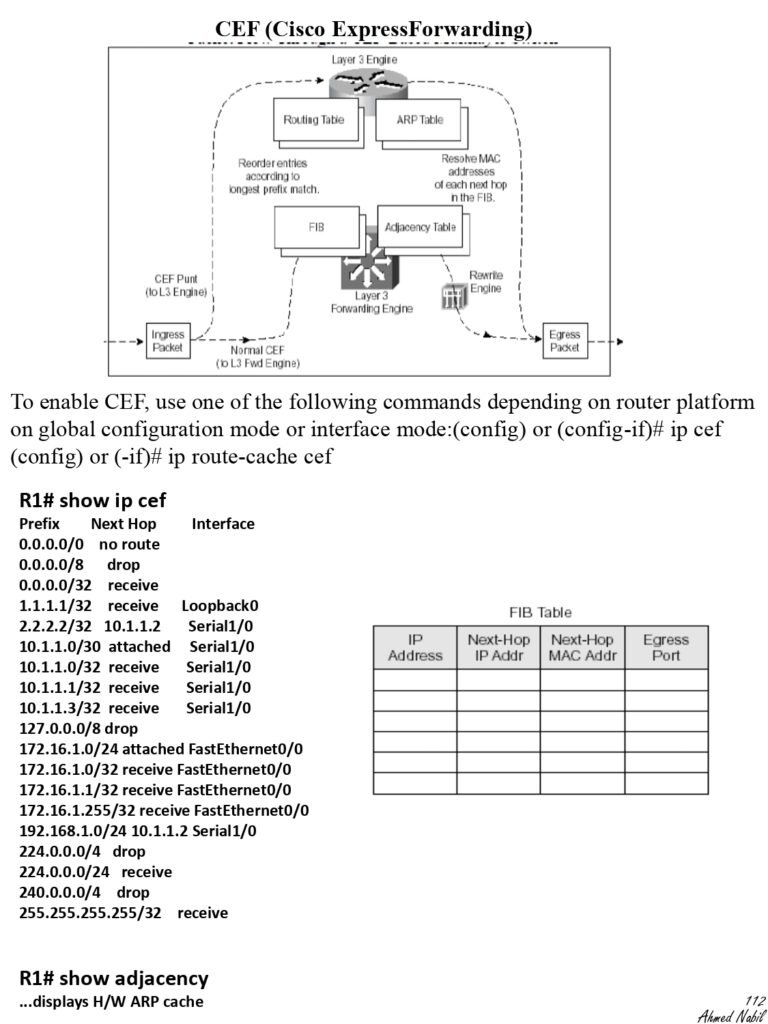
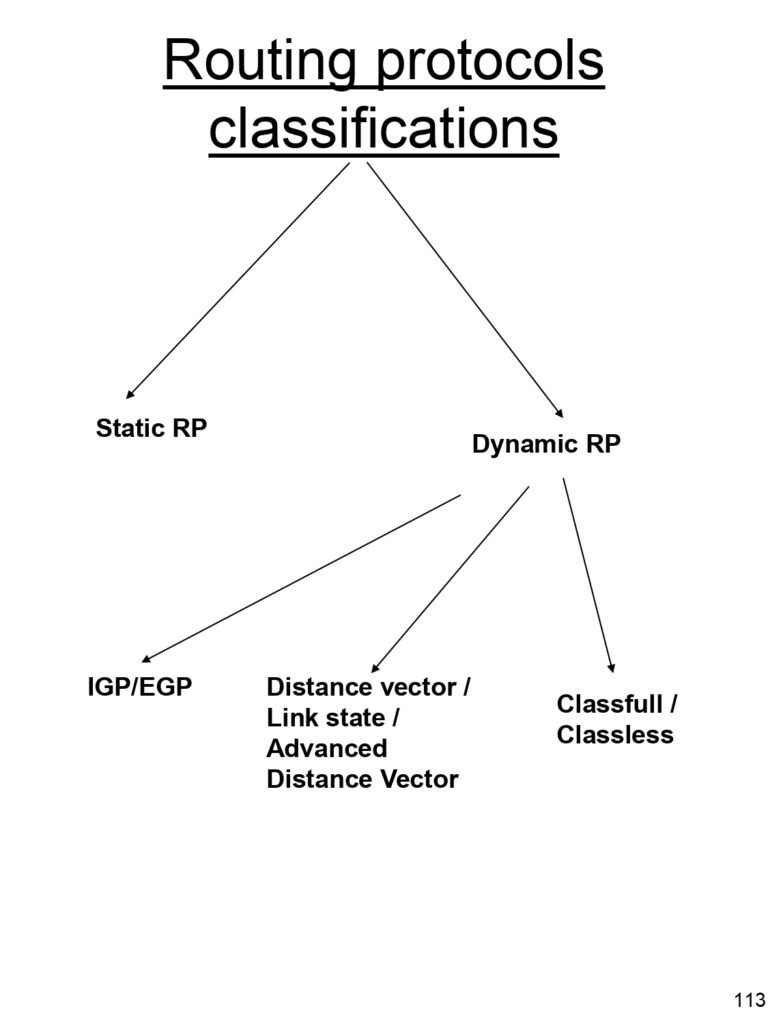
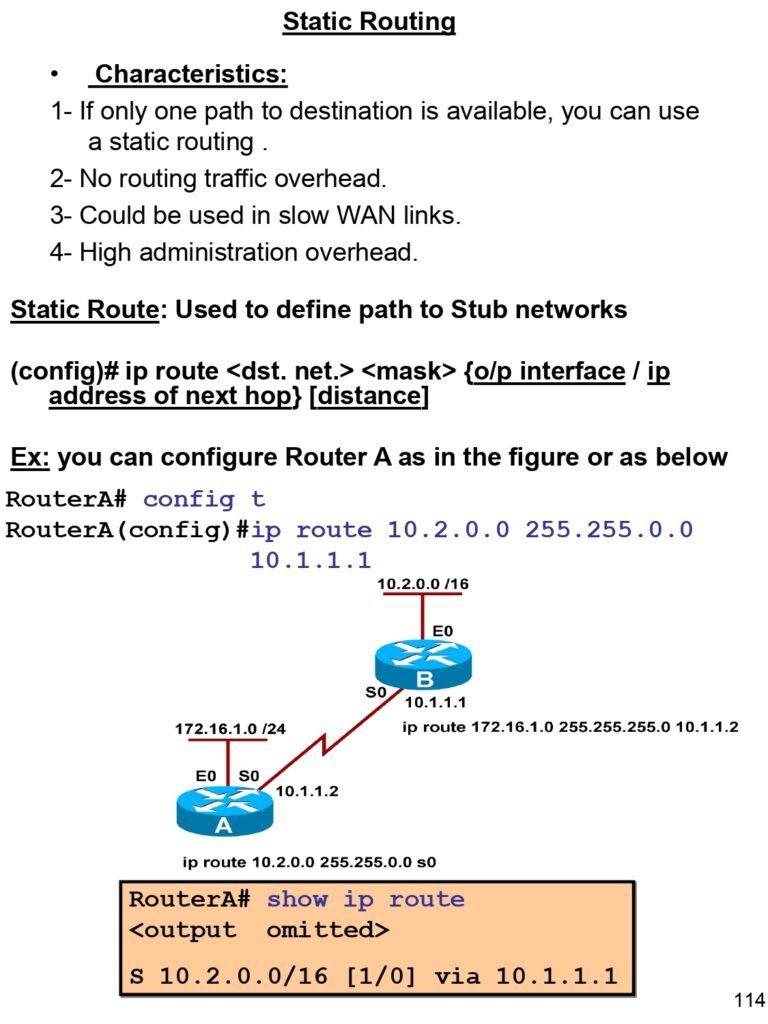
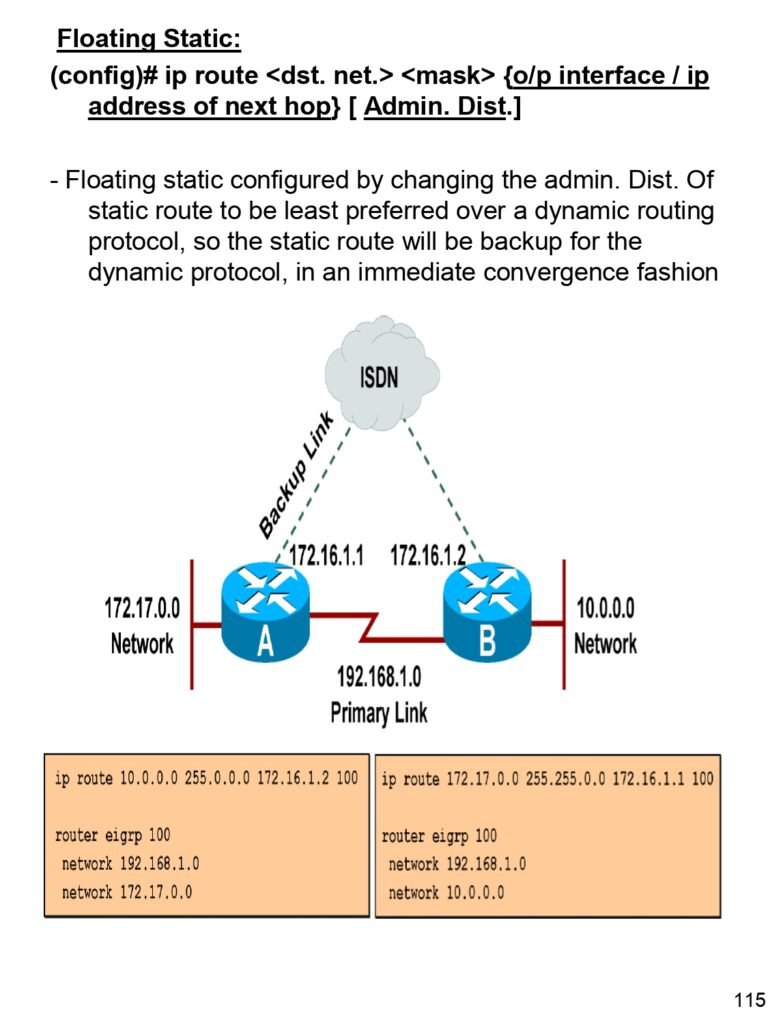
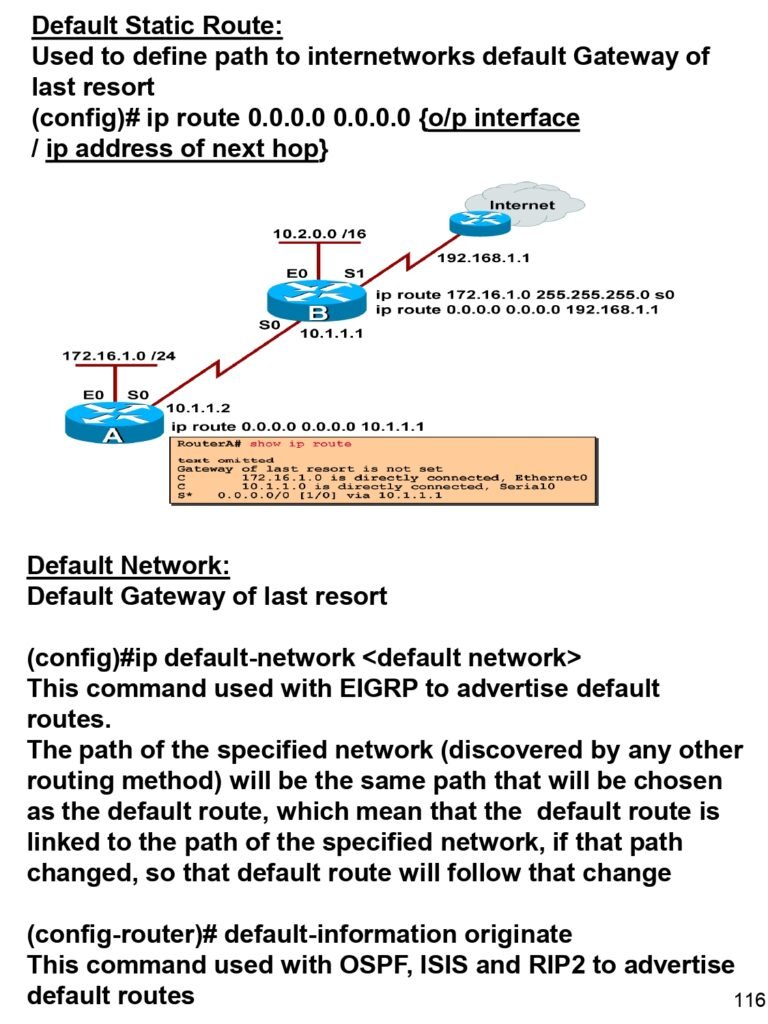
Notes Content: –
- Routing procedure
- Routing generations
- CEF (Cisco ExpressForwarding)
- Routing Protocols Classifications
- Static Routing
- Floating Static
- Default Static Route
- Default Network
- IPv6 Routing Protocols
- Dynamic Routing Protocols
- IGP (Interior Gateway Protocol)
- EGP (Exterior Gateway Protocol)
- Distance Vector
- Link State
- Hybrid /Advanced D.V
- Classful Routing Protocols
- Classless Routing Protocols
- Major differences between protocols
- RIP (Routing Information Protocol)
- Comparing RIPv1 & RIPv2
- Auto and Manual Summarization
- RIPng (RIP next Generation)
Prepared By: –
Eng Ahmed Nabil
Notes Format: –
To Download PDF: –
For MPLS PDF handwriting From here
For BGP PDF handwriting from here
